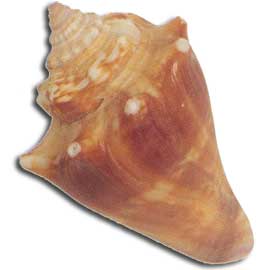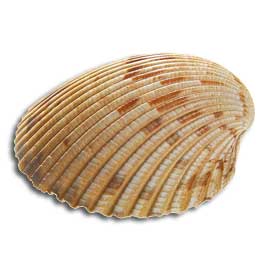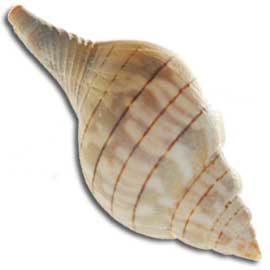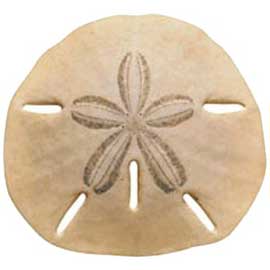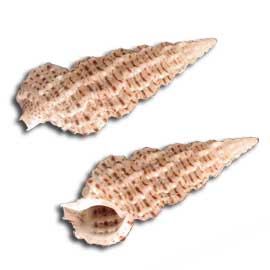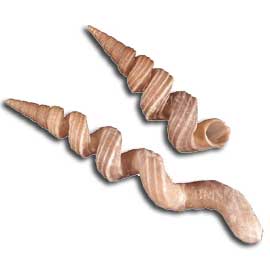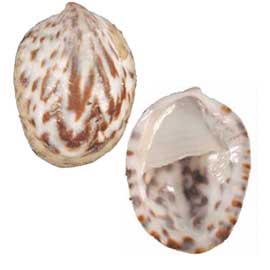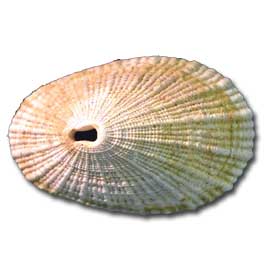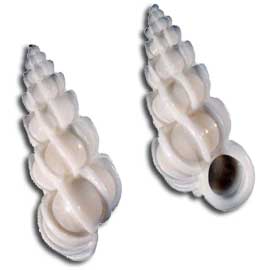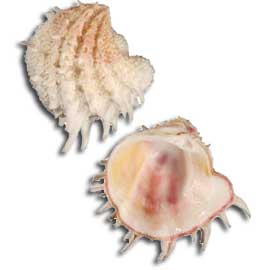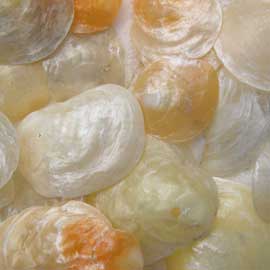Florida Shell Guide
The beaches in Florida are perfect for shelling and beach combing. The best times to look for shells are after a high tide, after a storm, in the morning, and during the winter months. The following shells are commonly found on Florida's beaches. The Junonia is seldom found, and is considered a special find by beachcombers.




